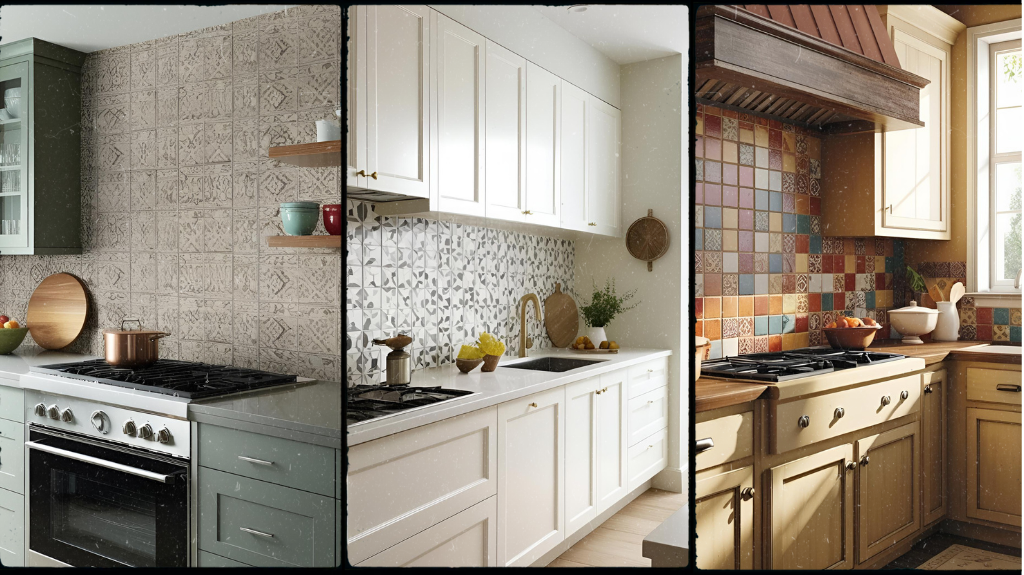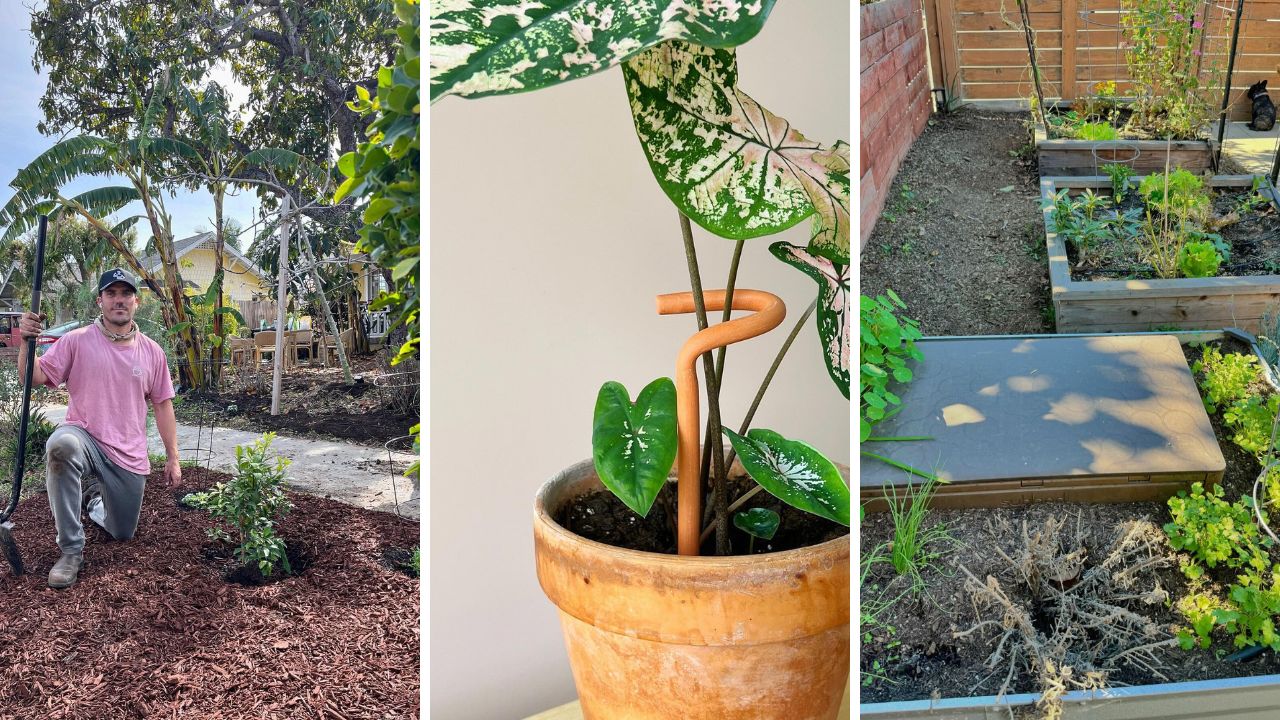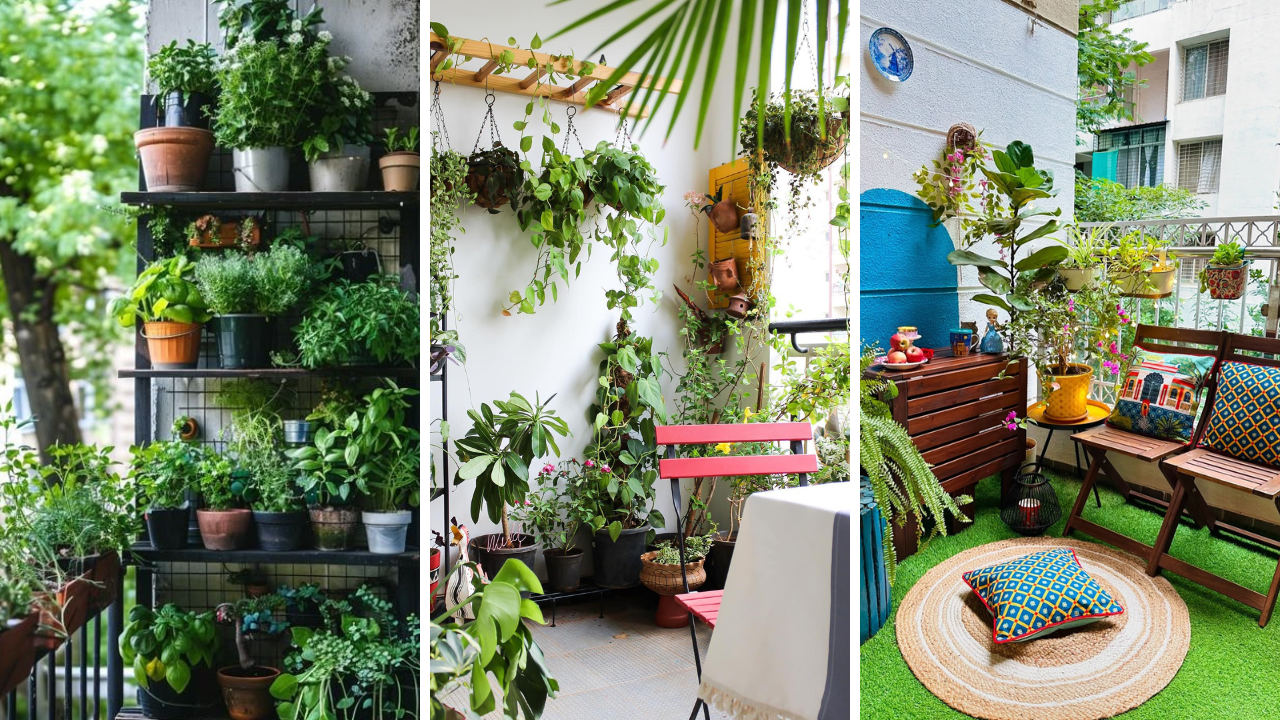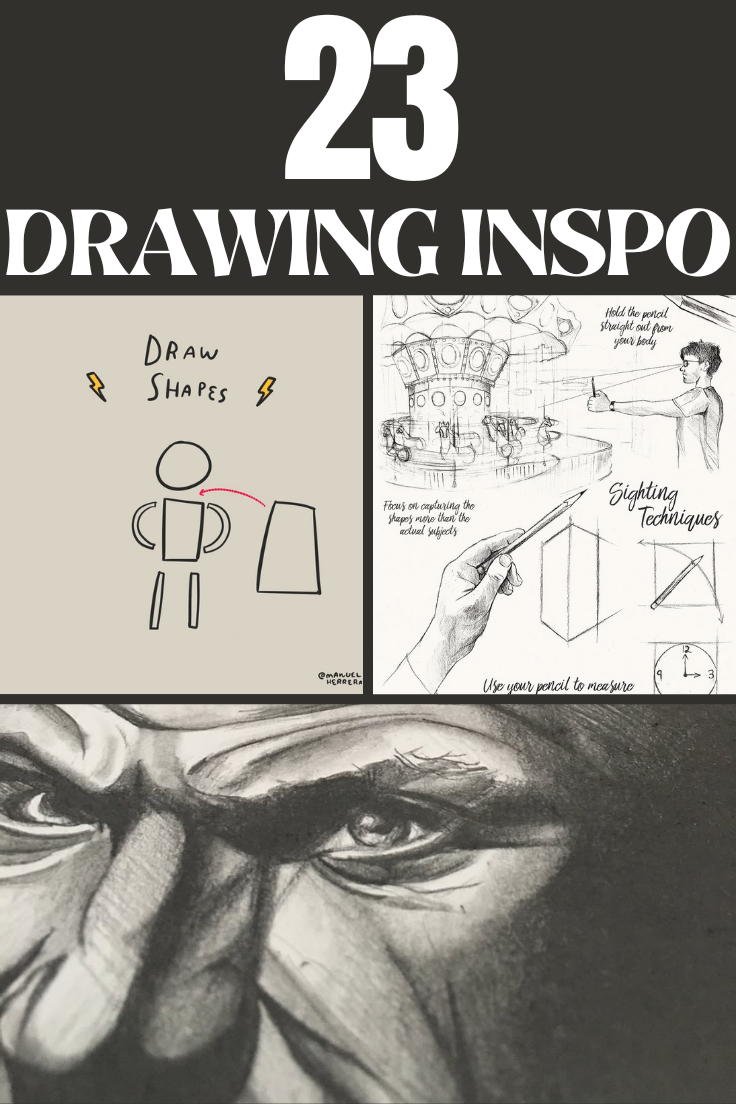
Drawing is more than just putting pencil to paper—it’s an art form that allows for self-expression, creativity, and continuous growth. Whether you’re a beginner or an experienced artist, improving your drawing skills is a journey filled with exciting discoveries. The key to becoming a better artist isn’t just about talent; it’s about practice, technique, and a willingness to explore new ideas. If you’re looking for ways to level up your art skills and spark fresh inspiration, you’re in the right place. From fundamental techniques to creative exercises and essential tools, these 23 drawing inspo tips will help you expand your abilities, refine your style, and enjoy the artistic process even more. Whether you’re sketching for fun, working on a masterpiece, or hoping to develop your own unique artistic voice, these tips will provide you with valuable insights to take your art to the next level.
1. Start with Simple Shapes
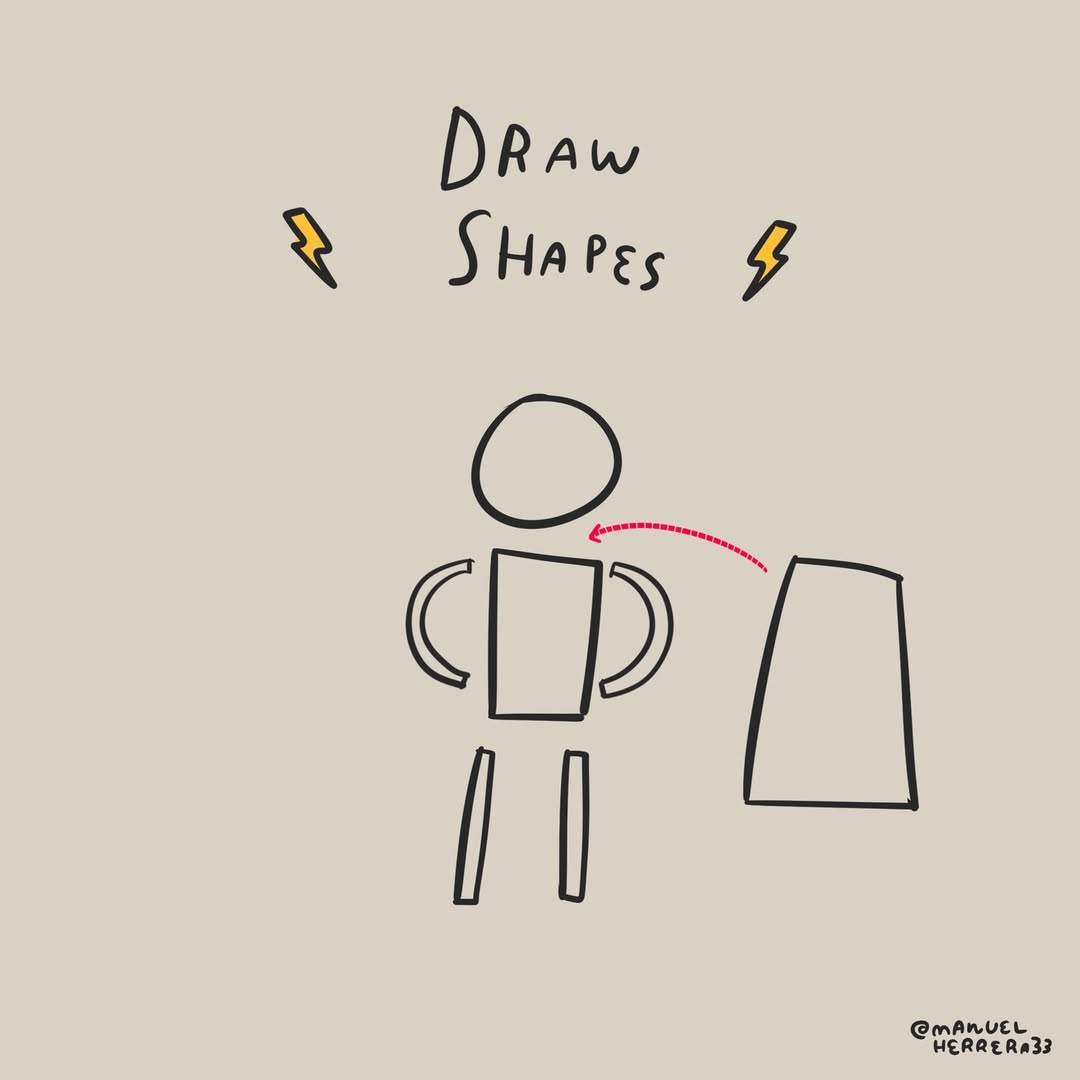
source @manuelherrera33
Every complex drawing starts with a foundation of basic shapes. Circles, squares, triangles, and rectangles form the structure of nearly everything you’ll draw, from human figures to landscapes. Mastering simple shapes helps you understand proportion, symmetry, and balance in your artwork. It also makes it easier to break down complicated subjects into manageable parts. If you’ve ever felt overwhelmed when drawing something detailed, simplifying it into its core geometric shapes is a great way to get started. By practicing with simple shapes regularly, you’ll improve your accuracy and develop a strong foundation for more intricate compositions.
2. Use References, Not Just Imagination
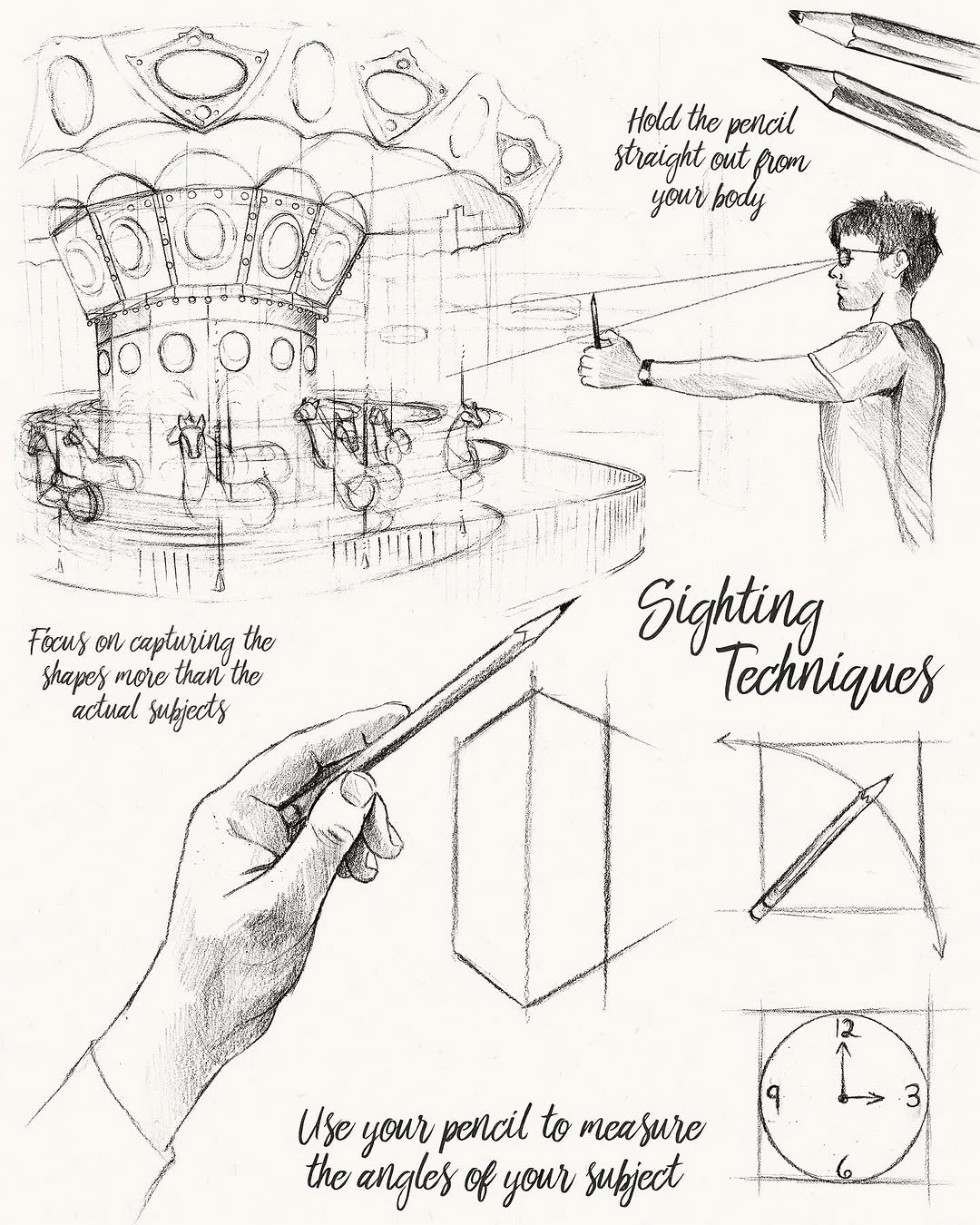
source @artistsdrawingbook
While drawing from imagination is an excellent exercise, using reference images can greatly enhance your ability to capture realism and detail. Even professional artists rely on references to study anatomy, lighting, and textures. Observing real-life objects or high-quality images helps you understand how things actually look, rather than how you think they look. Try using photo references, observing your surroundings, or even creating your own still-life setups to practice drawing from life. By studying references, you’ll train your eye to see proportions, depth, and intricate details that will significantly improve the accuracy and realism of your drawings.
3. Keep a Daily Sketchbook
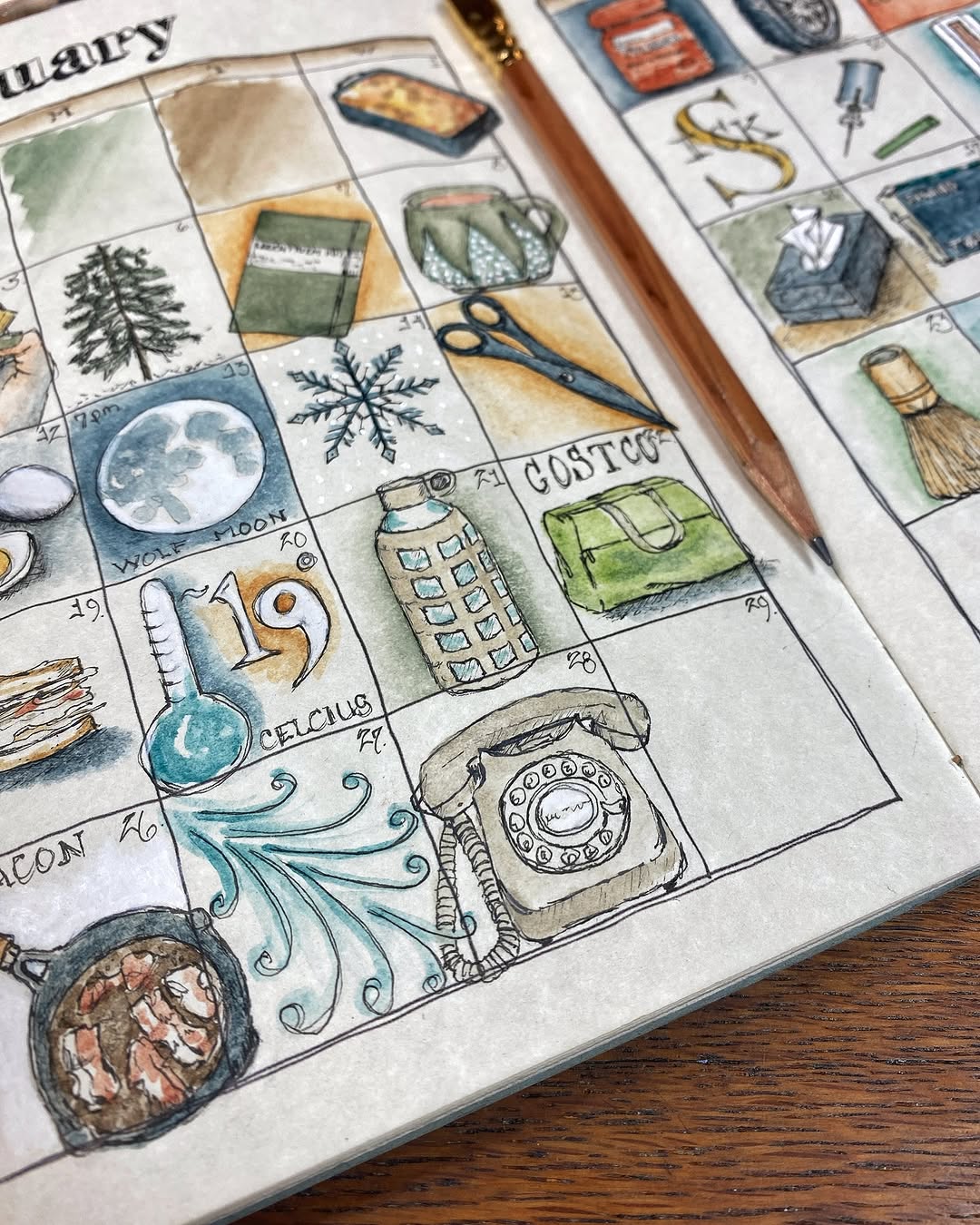
source @sheilaart
One of the best ways to grow as an artist is to make drawing a daily habit. Keeping a sketchbook allows you to experiment with new ideas, practice techniques, and document your artistic journey over time. It’s not about creating perfect artwork but about developing consistency and building confidence in your skills. Even if you only have 10 minutes a day, filling your sketchbook with quick sketches, doodles, or structured exercises will accelerate your progress. Plus, flipping through old sketchbooks can be a great way to see how far you’ve come and inspire new ideas. A high-quality sketchbook is a must-have for any artist, so consider investing in one that suits your preferred medium.
4. Try Different Pencil Grades
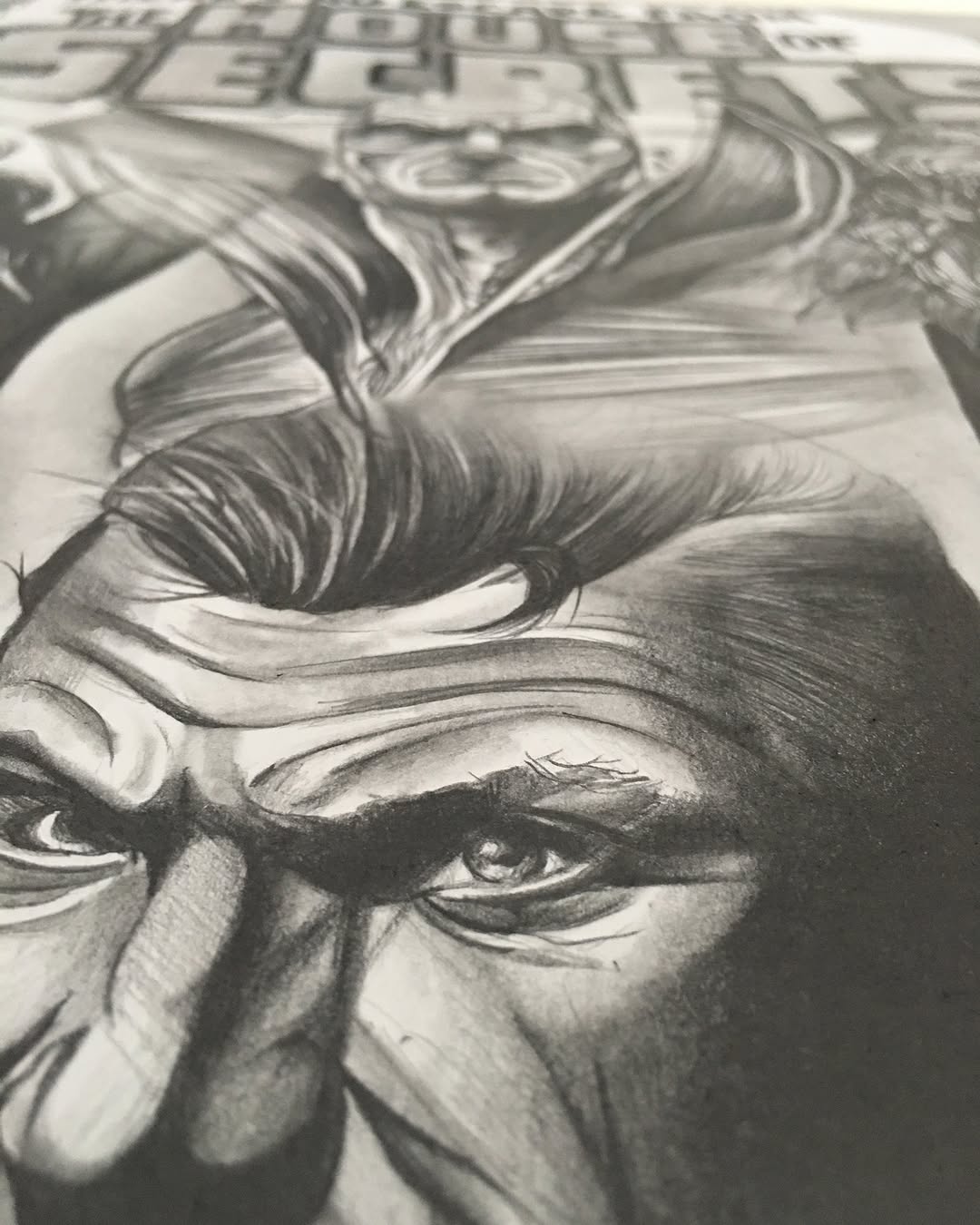
source @jessicaarcherartworks
Not all pencils are created equal, and understanding different pencil grades can elevate your shading and detailing skills. Graphite pencils range from hard (H) to soft (B), with harder pencils producing lighter lines and softer pencils creating darker, richer tones. For detailed line work, an HB or 2H pencil is ideal, while 4B to 6B pencils are excellent for deep shadows and expressive strokes. Experimenting with different pencil grades allows you to explore various textures and shading techniques, making your drawings more dynamic and visually interesting. A professional sketching pencil set can be a game-changer for artists looking to refine their technique.
5. Master Light and Shadow
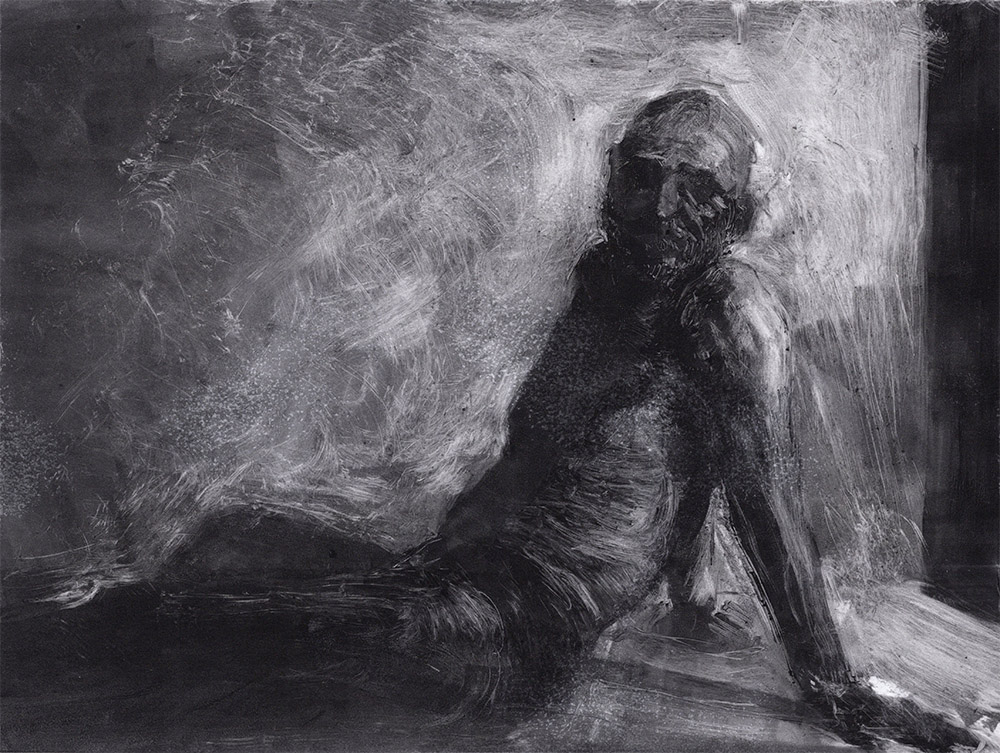
source @manifestdrawingcenter
Understanding how light interacts with objects is fundamental to creating depth and realism in your drawings. Shading isn’t just about making an object look darker—it’s about conveying form, texture, and volume. Learning the principles of light, including highlights, mid-tones, shadows, and cast shadows, will help you make your drawings more lifelike. Observing real objects under different lighting conditions and practicing shading techniques like cross-hatching, blending, and stippling can drastically improve your artwork. Pay attention to light direction and how it affects your subject to create more convincing compositions.
6. Experiment with Line Weight
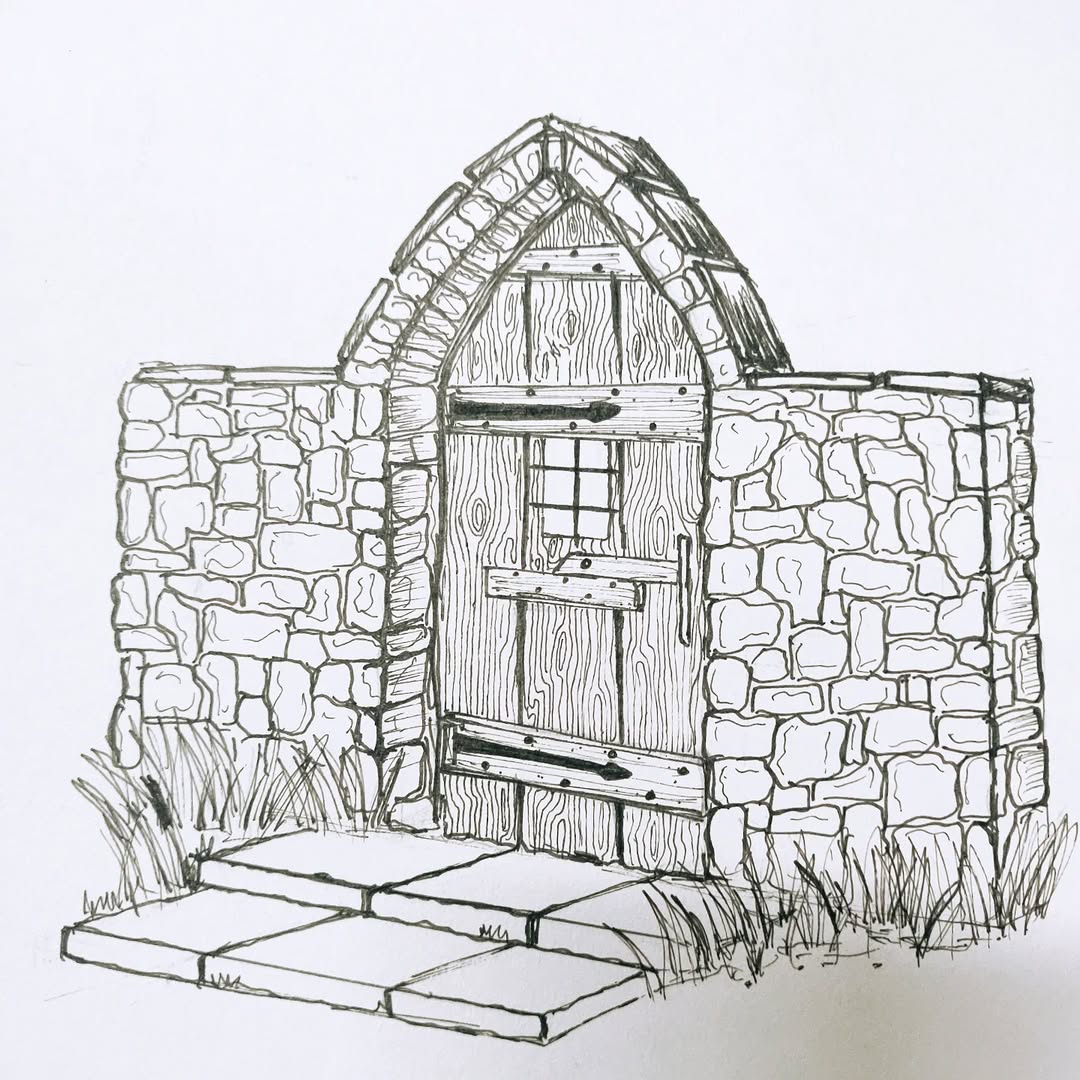
source @the_design_venue
Line weight refers to the thickness or thinness of your lines, and using it effectively can add depth, dimension, and emphasis to your artwork. Thicker lines can be used for foreground elements, while thinner lines can define details or background elements, creating a sense of depth. Varying line weight can also guide the viewer’s eye through your composition and make your drawings appear more dynamic. Practicing with different pen and pencil pressures will help you develop control over your line work, making your sketches more visually compelling.
7. Focus on Gesture Drawing
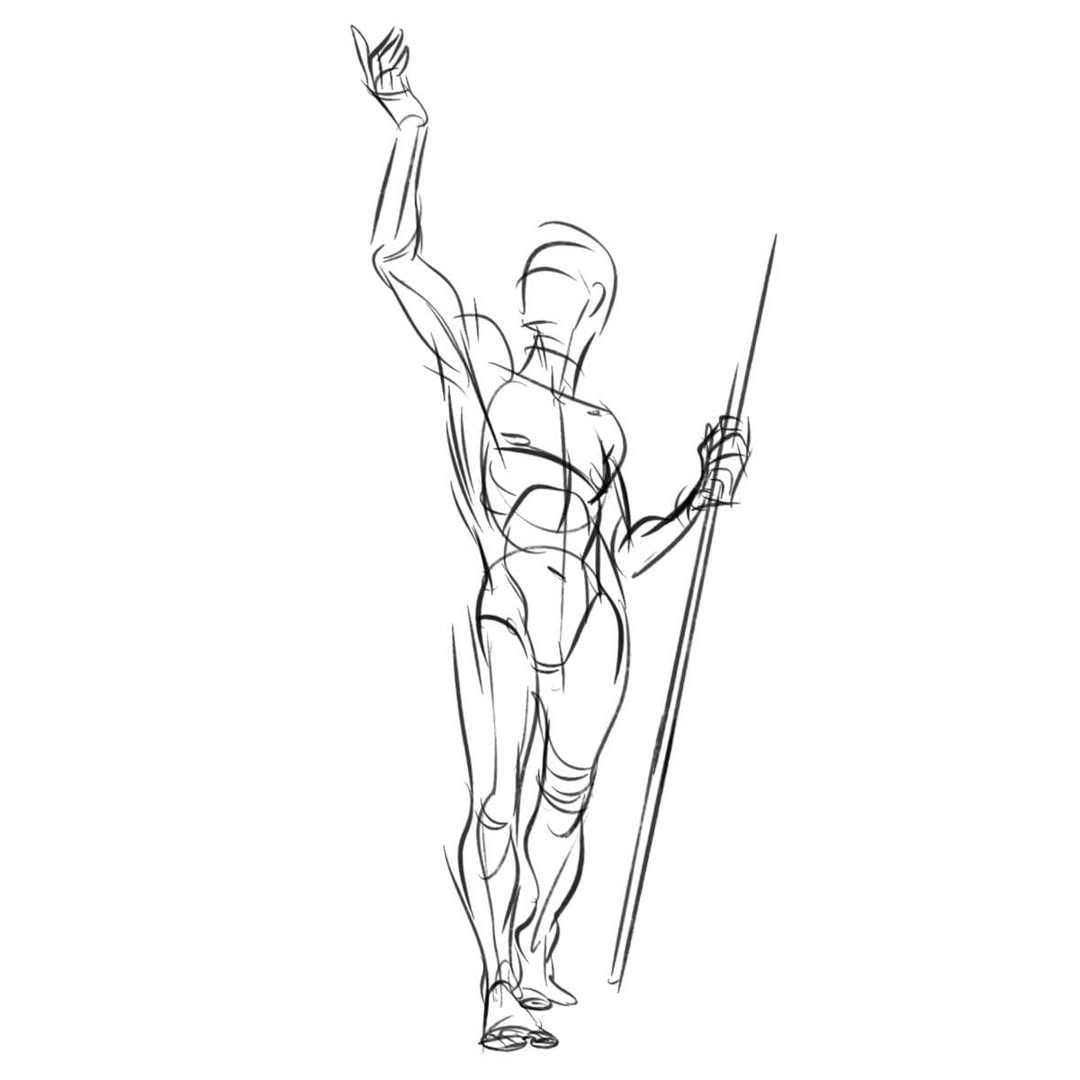
source @soaringhippo
Gesture drawing is a powerful exercise for capturing movement, energy, and fluidity in your artwork. Instead of focusing on details, gesture drawing emphasizes the overall motion and rhythm of a subject, often using quick, loose lines. This technique is especially useful for drawing people, animals, and action scenes. Practicing 30-second to 2-minute gesture sketches helps you loosen up, improve your observational skills, and build confidence in capturing the essence of a subject. It’s a great way to train your brain to see and replicate dynamic poses with accuracy.
8. Break Down Complex Subjects
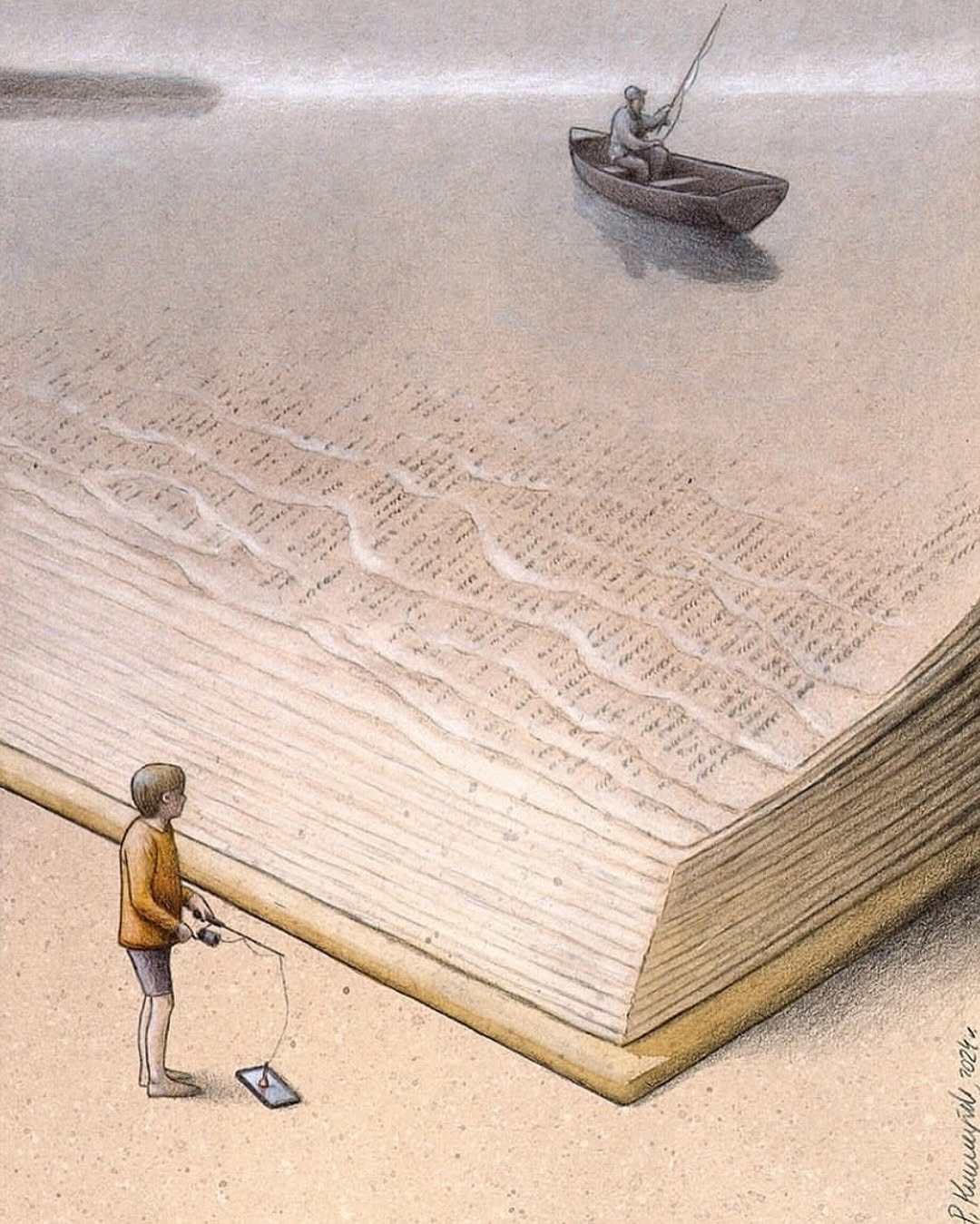
source @sketch_dailydose
When faced with a detailed subject, breaking it down into smaller parts makes the drawing process more manageable. Instead of trying to tackle everything at once, start with a rough outline of major shapes and proportions before adding finer details. This approach not only improves accuracy but also prevents frustration when working on intricate compositions. Whether you’re drawing a portrait, an animal, or a cityscape, breaking it down into sections will make the process feel less overwhelming and more structured.
9. Learn About Perspective
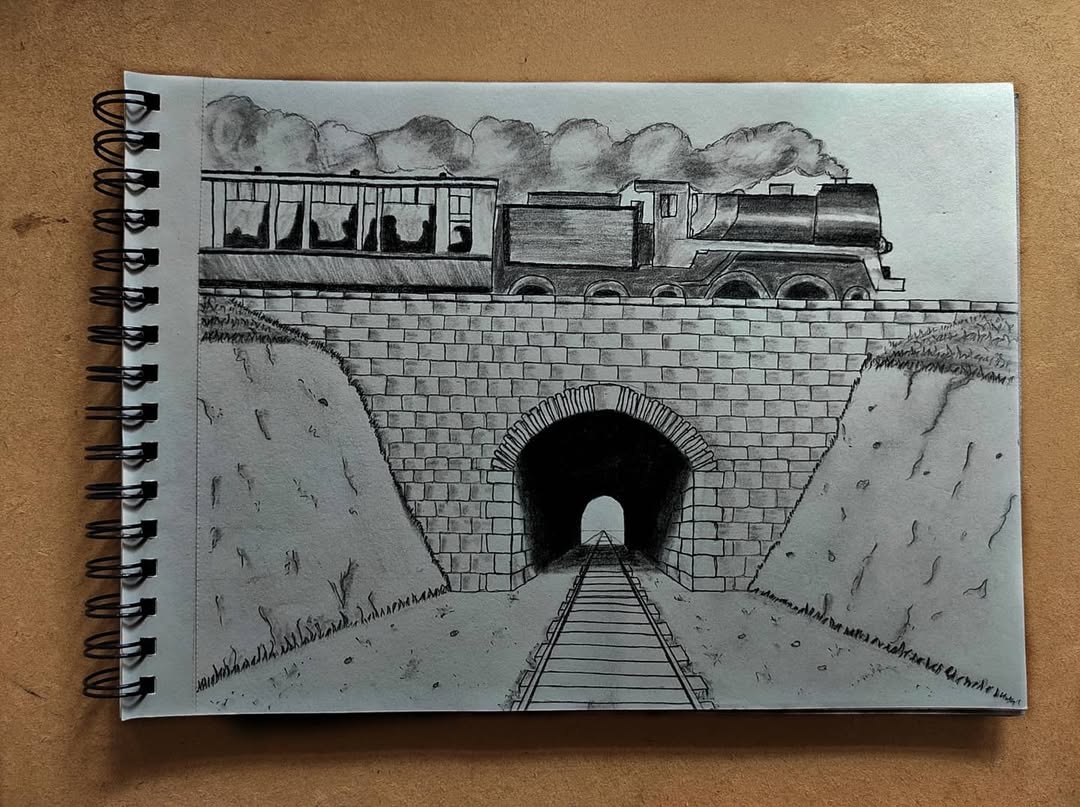
source @___artisto____
Perspective is crucial for creating the illusion of depth in your drawings. Understanding one-point, two-point, and three-point perspective will allow you to accurately depict objects in space, making your compositions look more realistic. Even if you primarily draw characters or nature, incorporating perspective knowledge can enhance your backgrounds and scene compositions. Studying perspective guides and practicing simple exercises will build your ability to create more immersive and believable artworks.
10. Explore Different Drawing Styles
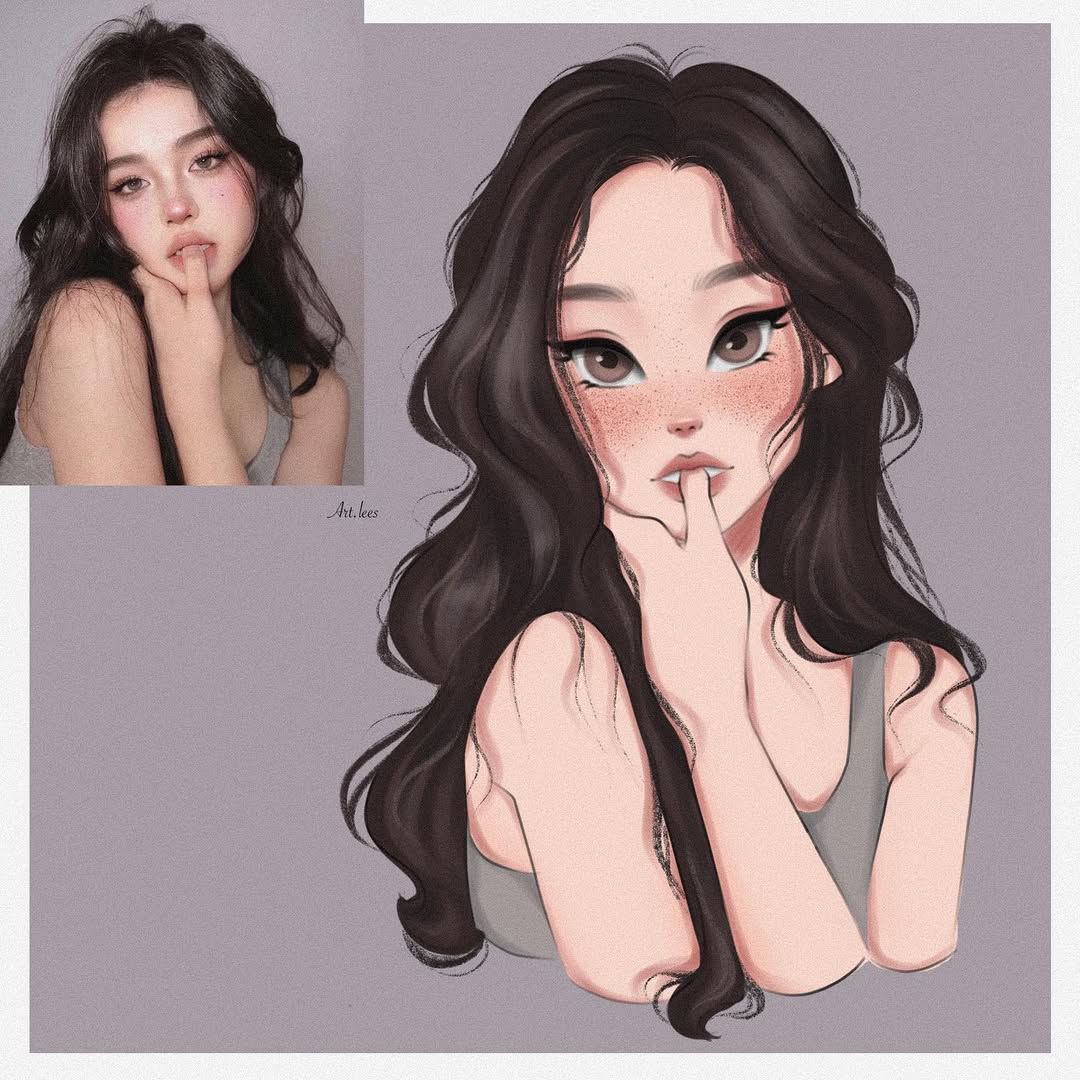
source @art.lees
Sticking to one style can be limiting, so challenge yourself by exploring different artistic styles. Whether it’s realism, anime, abstract, or minimalism, experimenting with various approaches will help you find what resonates with you most. Trying new styles forces you to think outside the box, develop new techniques, and keep
11. Use the Grid Method for Accuracy
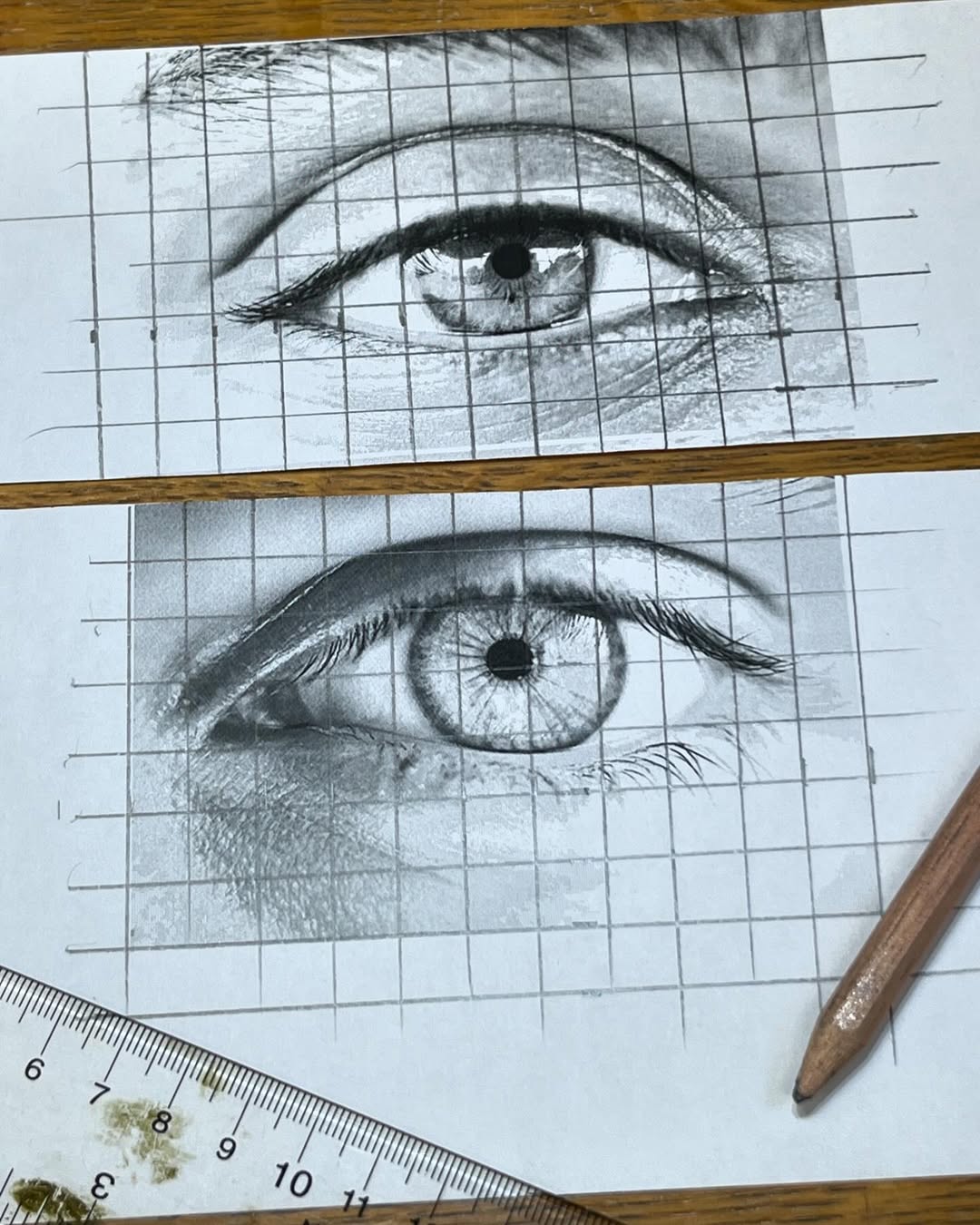
source @msmuscatsart
If you struggle with proportions or symmetry in your drawings, the grid method is a fantastic tool for improving accuracy. By overlaying a grid on your reference image and drawing a corresponding grid on your paper, you can break down the image into smaller, more manageable sections. This method helps artists focus on one part at a time, making it easier to capture correct proportions and details. It’s especially useful for portrait drawing, architectural sketches, and highly detailed pieces. Over time, as you practice with the grid method, your ability to eyeball proportions without it will improve significantly.
12. Work on Hand-Eye Coordination
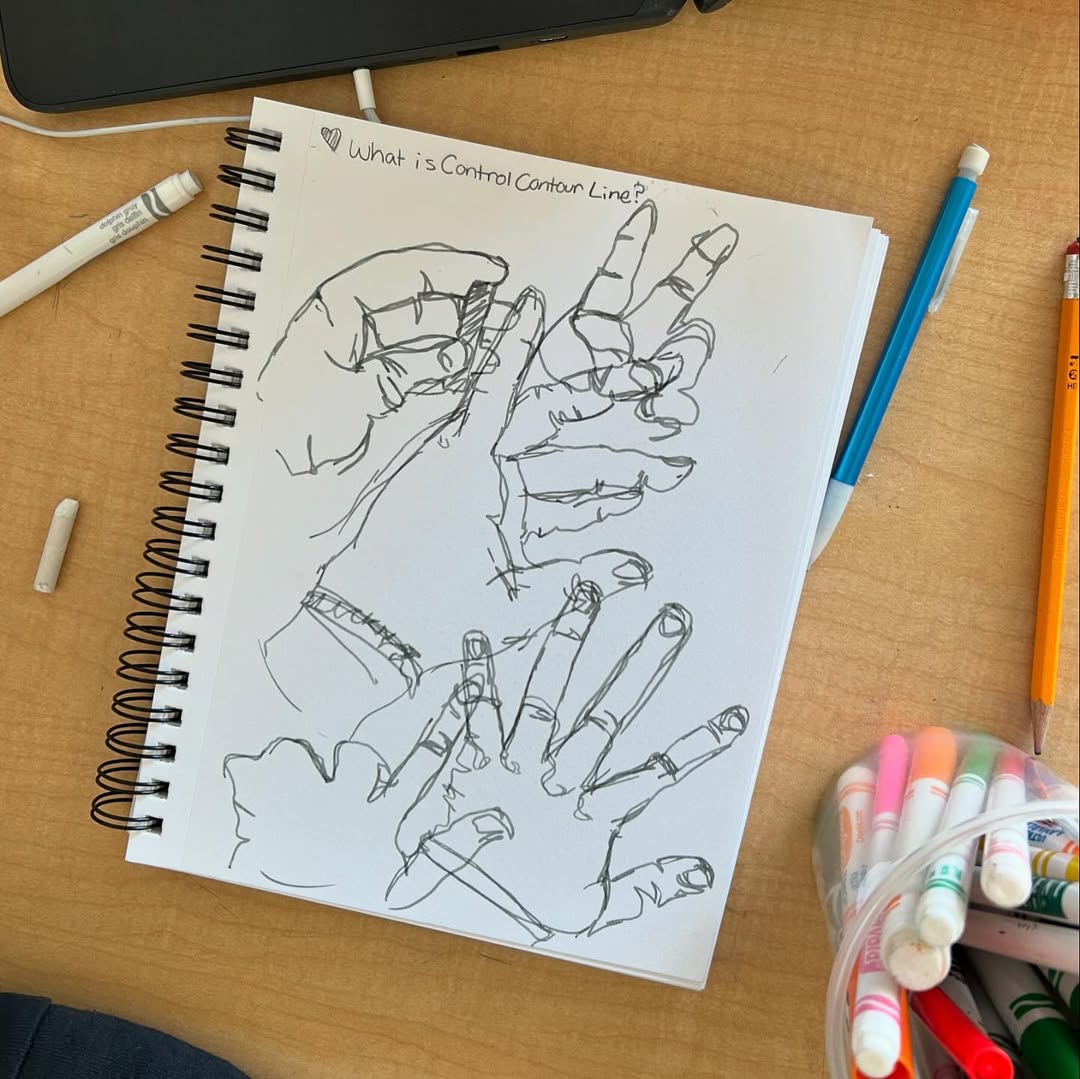
source @artofteaching
One of the most fundamental skills for any artist is developing strong hand-eye coordination. This skill allows you to translate what you see onto paper more accurately. Blind contour drawing—where you draw an object without looking at your paper—is an excellent exercise for training your brain and hand to work together. Continuous line drawing, where you draw without lifting your pencil, also helps improve fluidity and confidence in your strokes. The more you practice these exercises, the more natural and effortless your drawing process will become.
13. Incorporate Texture in Your Drawings
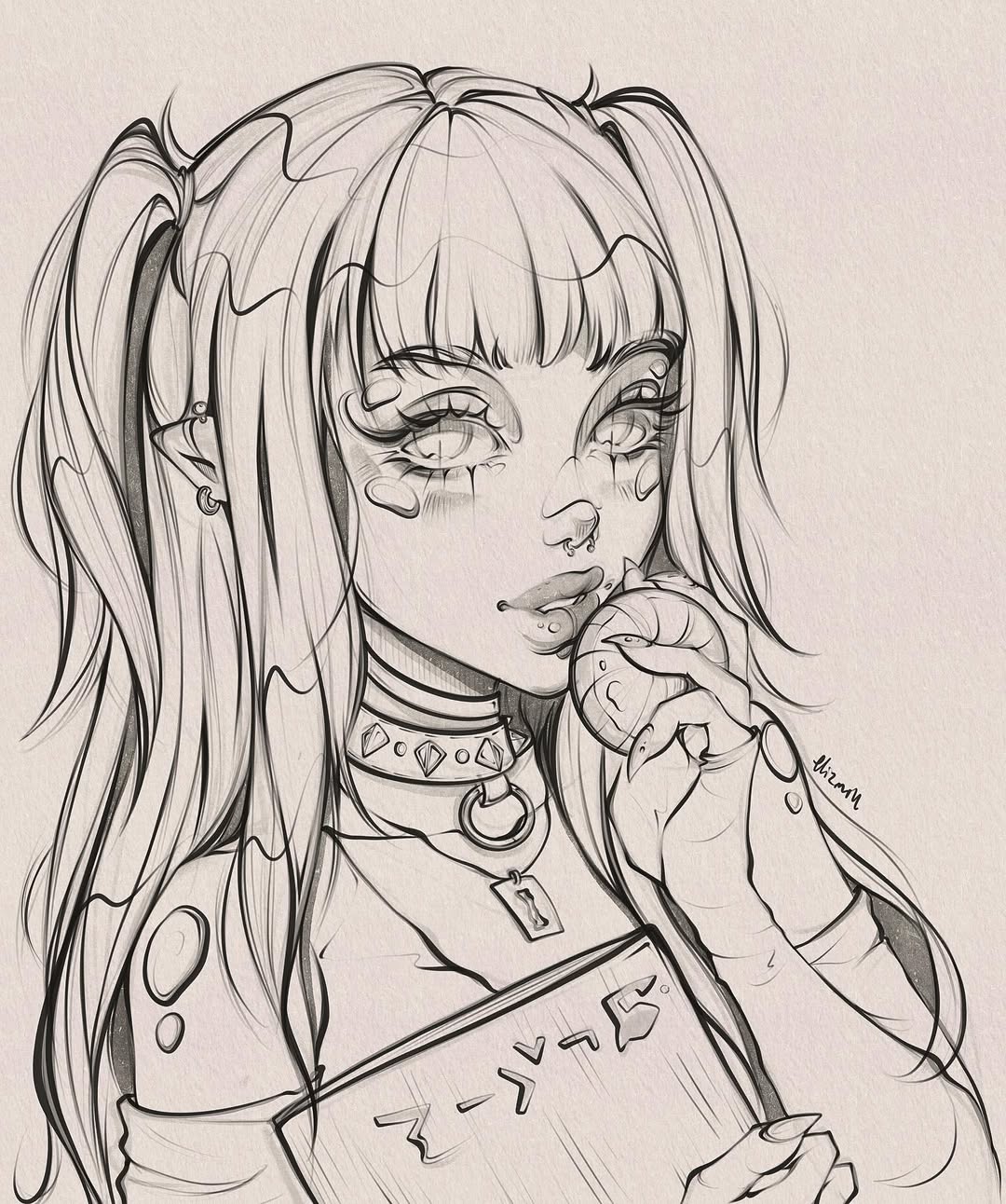
source @elizmil.art
Adding texture brings life and realism to your artwork. Whether it’s the roughness of tree bark, the softness of fur, or the smoothness of glass, understanding how to create different textures will elevate your drawings. Experiment with shading techniques such as stippling, hatching, cross-hatching, and smudging to simulate various surfaces. Using tools like blending stumps, kneaded erasers, or fine-tipped pens can also enhance texture work. The more you observe and replicate real-life textures, the more depth and detail your drawings will have.
14. Invest in High-Quality Art Supplies
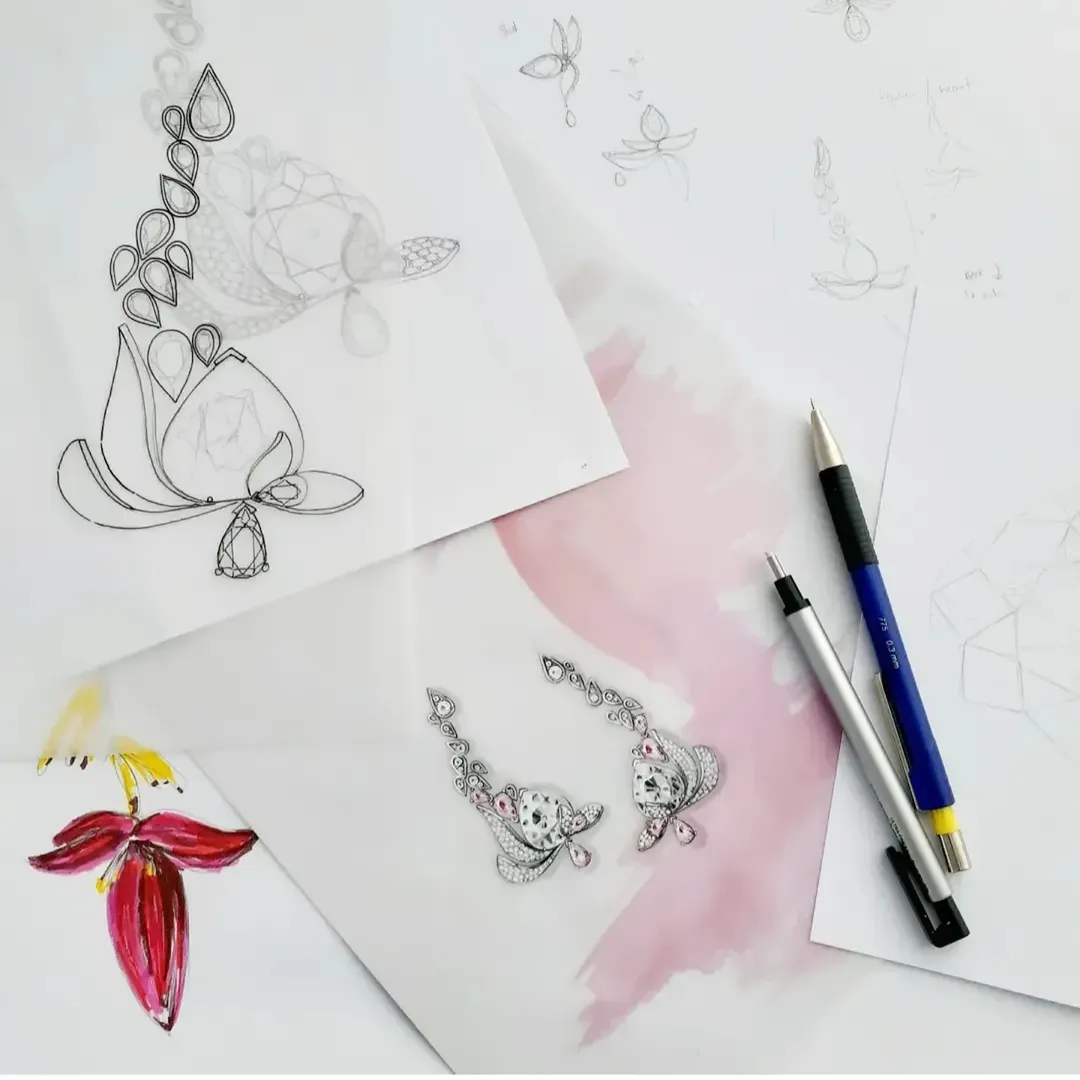
source @refinery_row
While skill and practice matter most, using the right tools can make a huge difference in your artwork. Cheap materials can be frustrating to work with and limit your progress. Investing in a set of professional drawing pencils, smooth sketching paper, quality erasers, and fine-line pens can significantly enhance your drawing experience. If you enjoy working with colors, a set of artist-grade colored pencils or markers can take your work to the next level. Many high-quality art supplies are available on Amazon, making it easy to find tools that fit your budget and artistic needs.
15. Try Digital Drawing
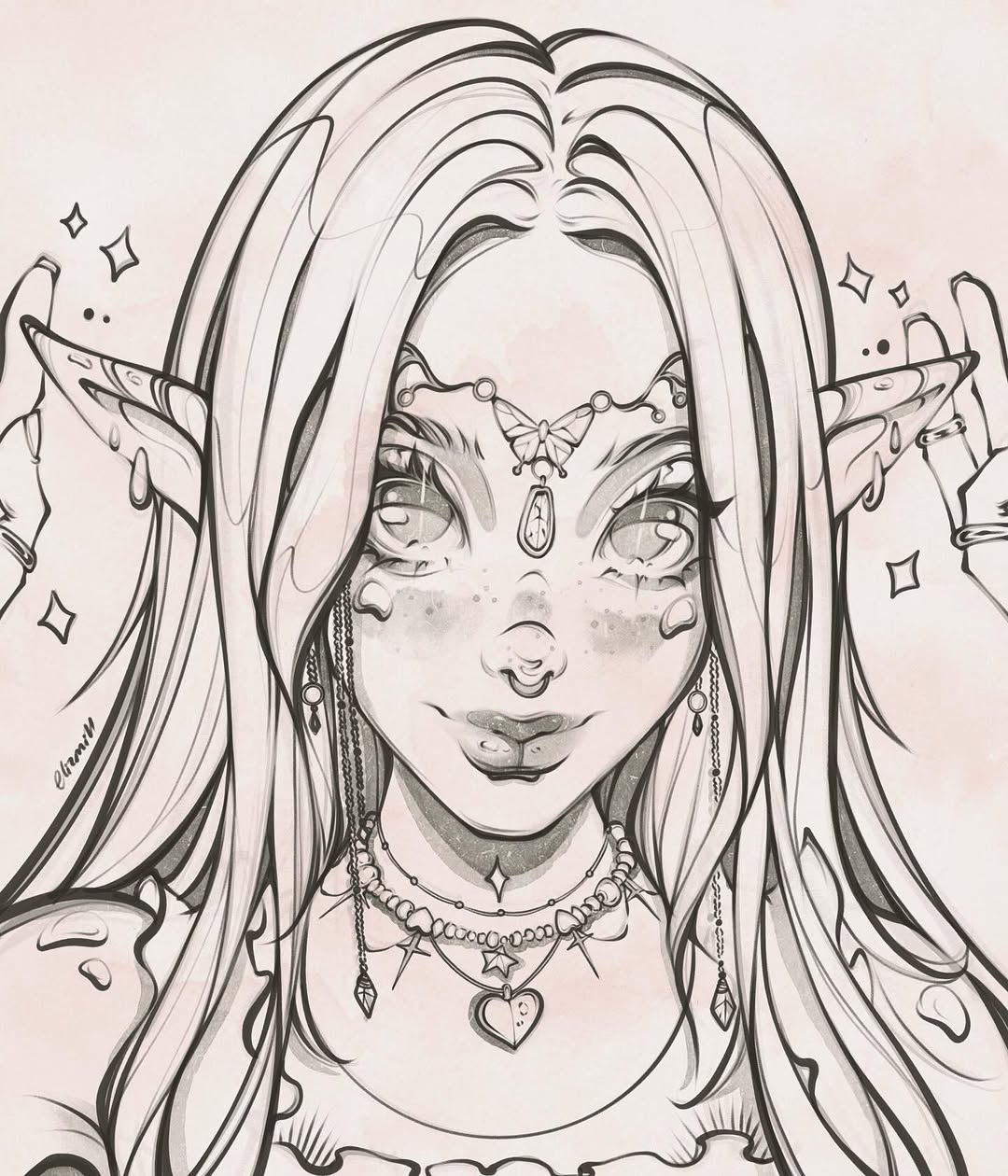
source @elizmil.art
Traditional drawing is essential, but exploring digital art can open up a world of creative possibilities. Using a tablet and stylus, you can experiment with unlimited brushes, layers, and color effects without worrying about mistakes. Apps like Procreate, Adobe Fresco, and Clip Studio Paint make digital drawing accessible to beginners and professionals alike. Digital art allows for quick corrections, easy experimentation, and the ability to create polished, professional-looking pieces. If you haven’t tried digital drawing yet, it might be the creative boost you need.
16. Draw from Life, Not Just Photos
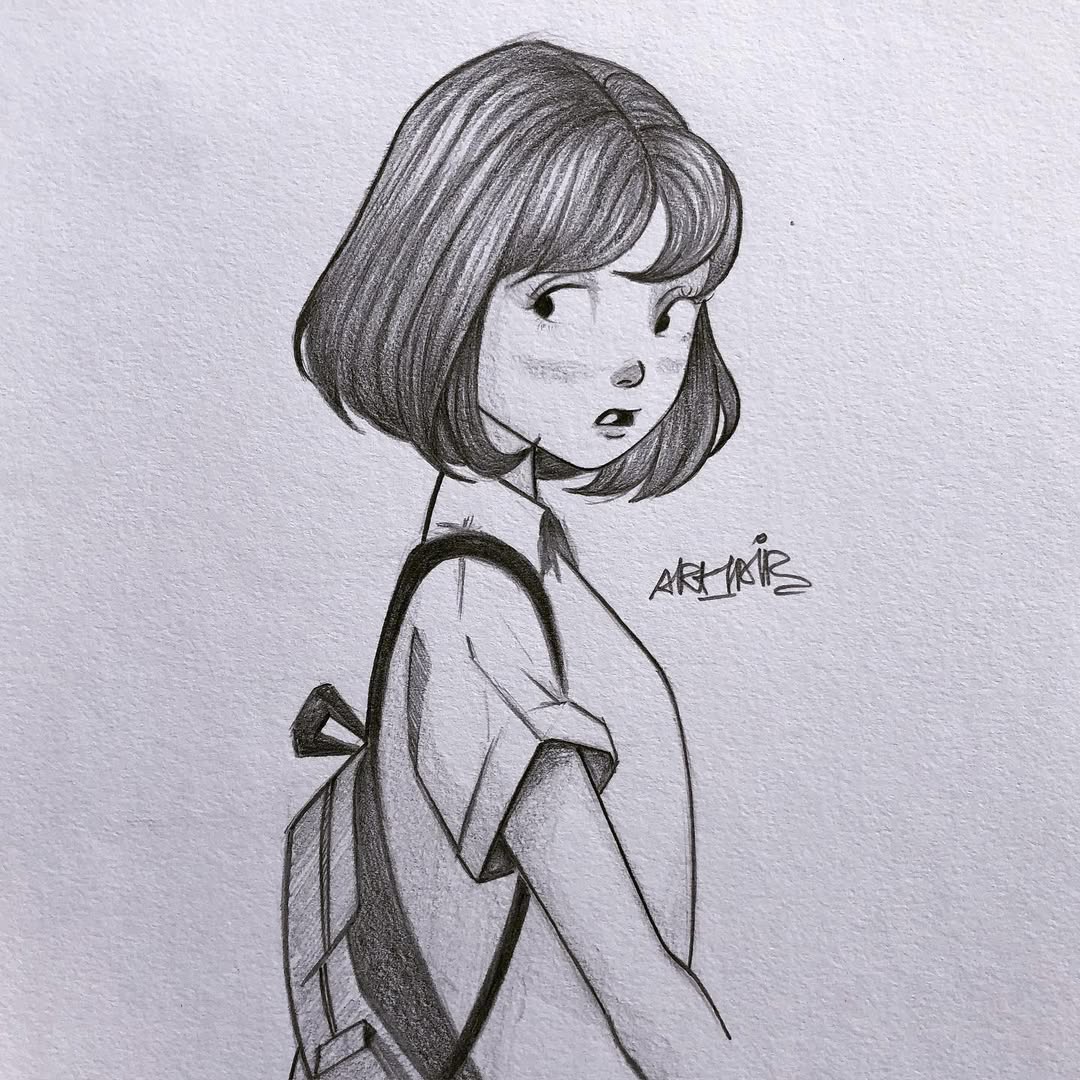
source @art_tair_
While using reference images is helpful, nothing beats drawing from real life. Observing objects, people, and landscapes in person helps you capture depth, perspective, and lighting more accurately. Life drawing also trains your eyes to notice small details that may be missed in photographs. Try sketching everyday objects around your home, practicing figure drawing in a park, or drawing your pet while they nap. The more you engage with real-world subjects, the more natural and expressive your artwork will become.
17. Develop Your Own Style
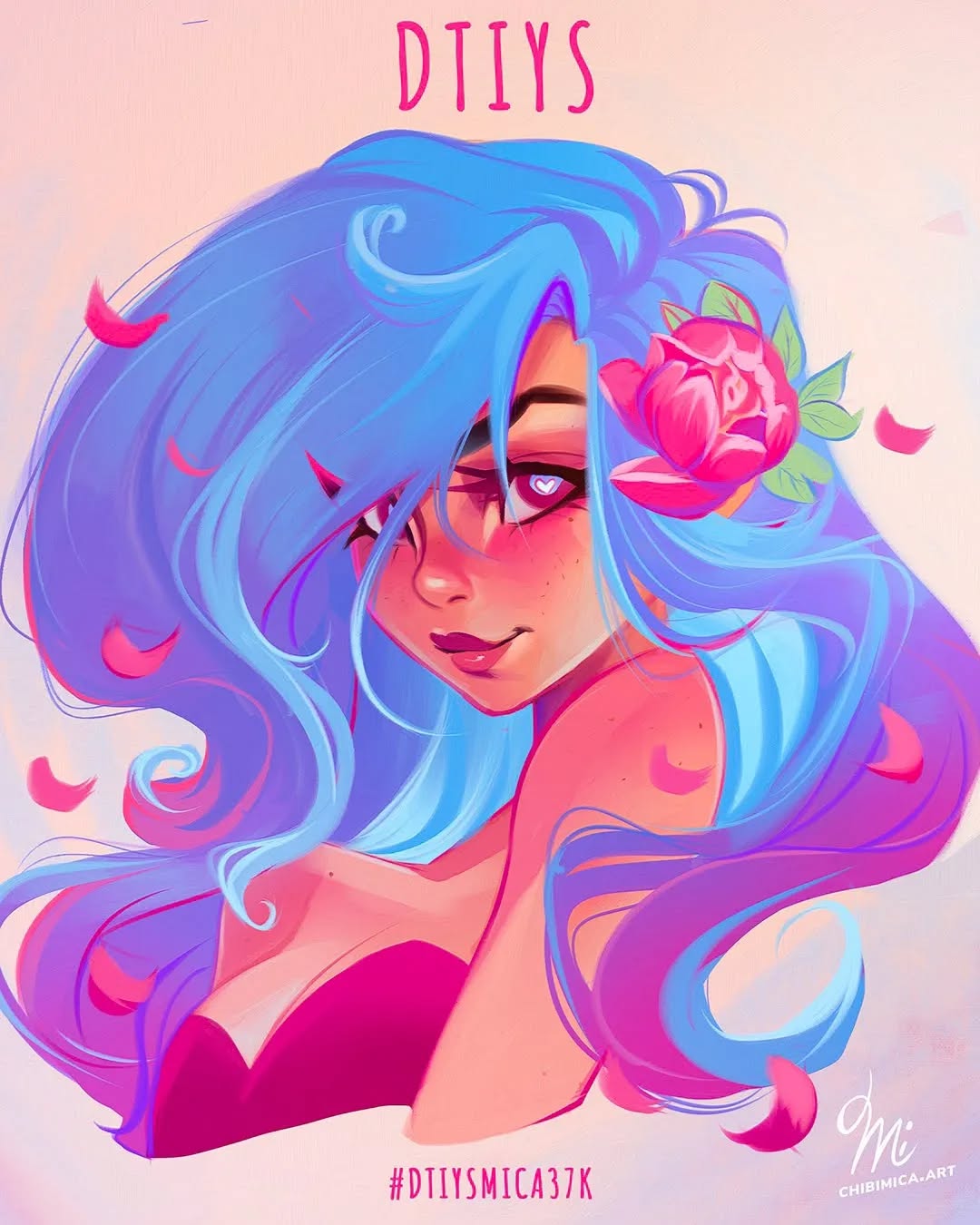
source @chibimica.art
Finding your unique artistic style is a journey that takes time, experimentation, and self-discovery. While it’s great to study and learn from other artists, avoid simply copying their work. Instead, explore different techniques, subjects, and approaches until you develop a style that feels authentic to you. Look at what elements you enjoy drawing most, whether it’s bold lines, soft shading, exaggerated proportions, or intricate details. Combining your favorite aspects of art will help you create a signature style that makes your work stand out.
18. Use Colored Pencils to Enhance Your Work
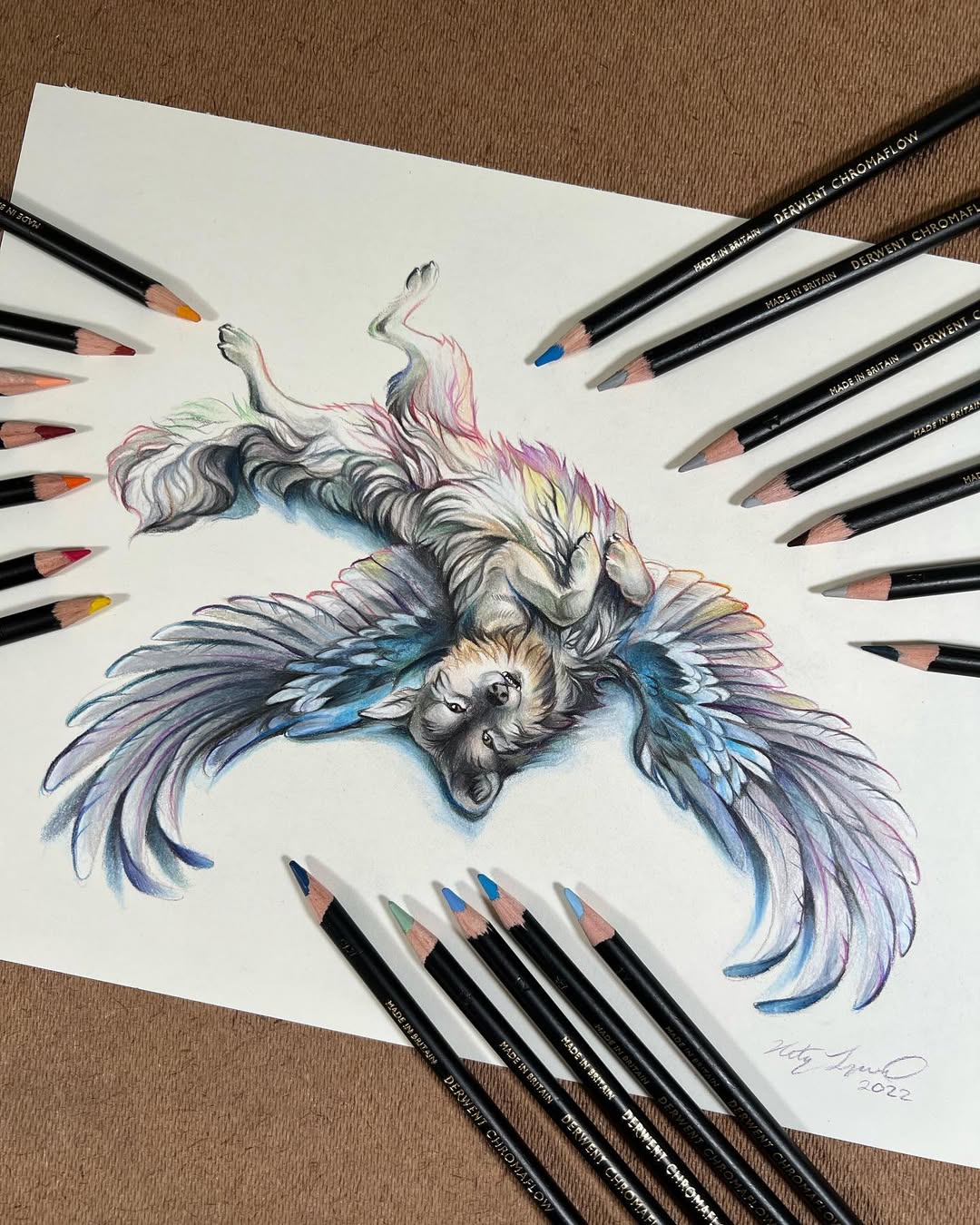
source @katy_lipscomb
Adding color to your drawings can make them more vibrant and expressive. Colored pencils are a great way to introduce color into your sketches without the mess of paint. High-quality colored pencils offer smooth blending, layering, and shading effects that can add depth and dimension to your artwork. Experiment with different color combinations, try burnishing techniques for a polished look, and use color theory to create harmonious compositions. Investing in a professional colored pencil set can make a significant difference in the final look of your art.
19. Try Drawing Prompts for Inspiration
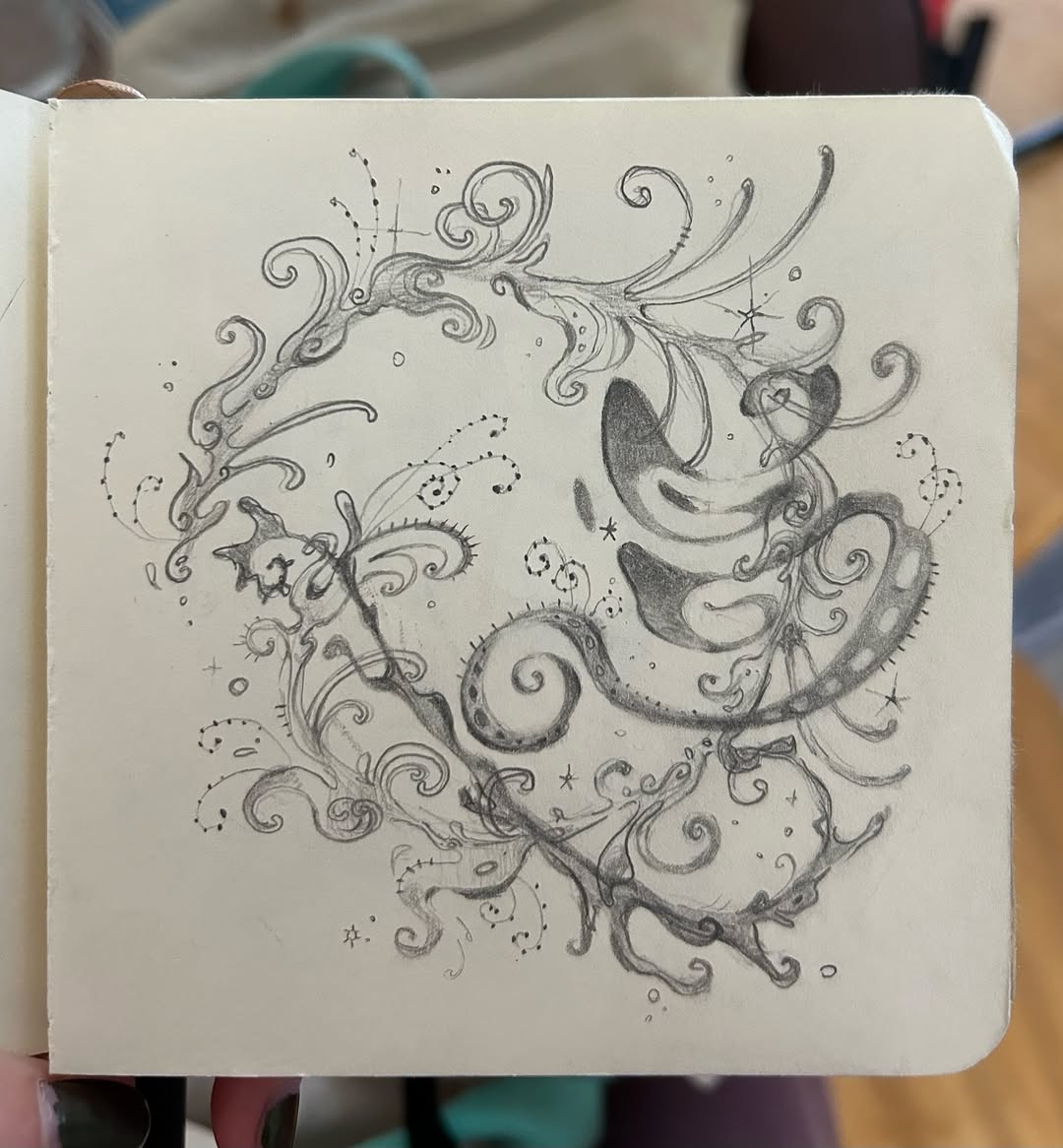
source @planetarymeeting
If you ever feel stuck or uninspired, drawing prompts can be a great way to spark creativity. Challenges like “Draw This in Your Style” (DTIYS), Inktober, or themed sketchbook prompts push you to think outside the box and try new ideas. Drawing prompts encourage exploration and experimentation, making them a fun way to break out of creative blocks. You can find prompt lists online or create your own list based on themes you enjoy.
20. Study Anatomy for Better Figure Drawing
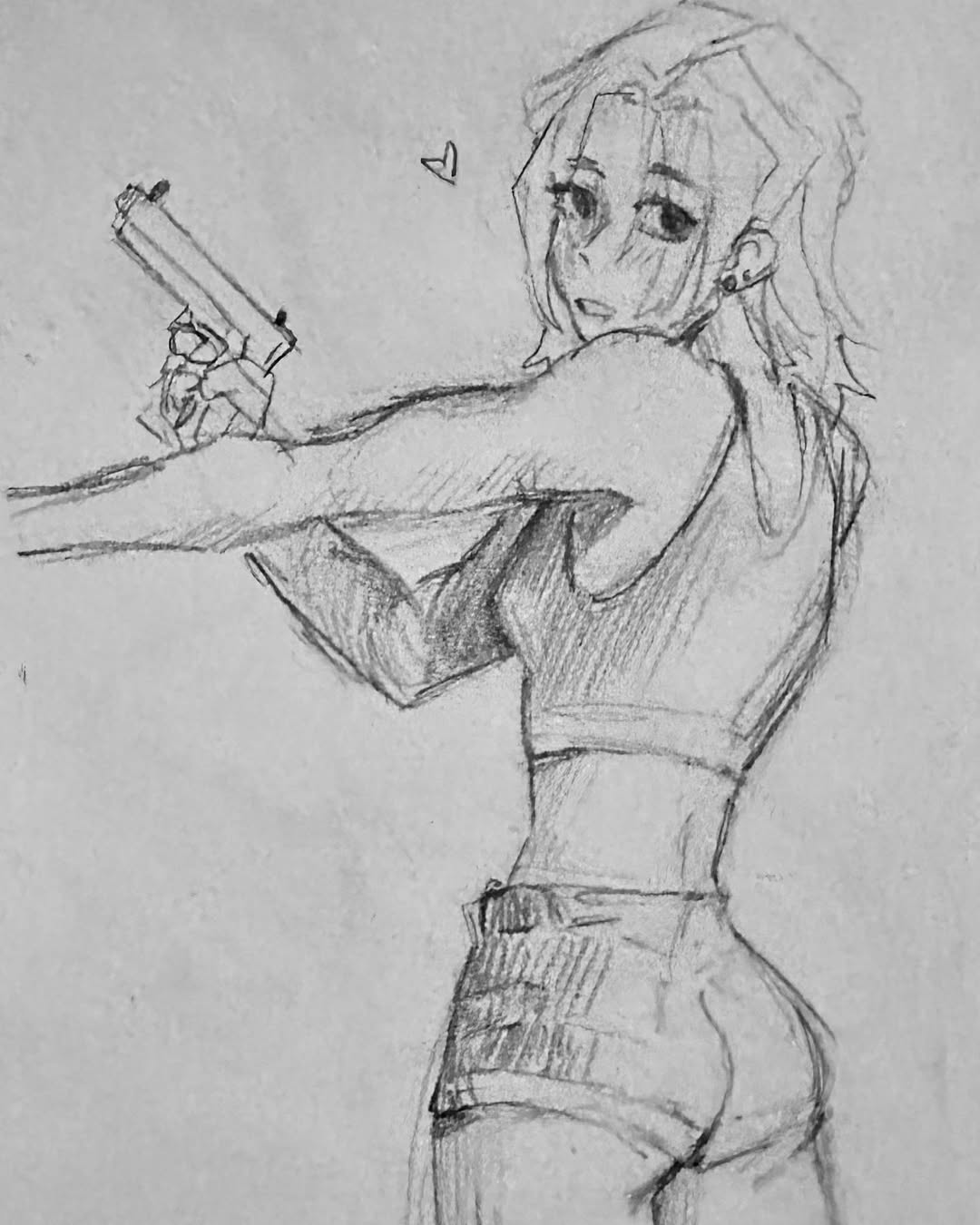
source @pyro_sword
If you love drawing people or animals, studying anatomy is essential for improving your figure drawings. Understanding muscle structure, bone placement, and natural movement will help you create more realistic and dynamic characters. Books, online courses, and anatomy reference guides are excellent resources for learning how to accurately depict the human form. Even if your style is more cartoonish, a basic knowledge of anatomy will make your characters more believable and expressive.
21. Experiment with Different Paper Types
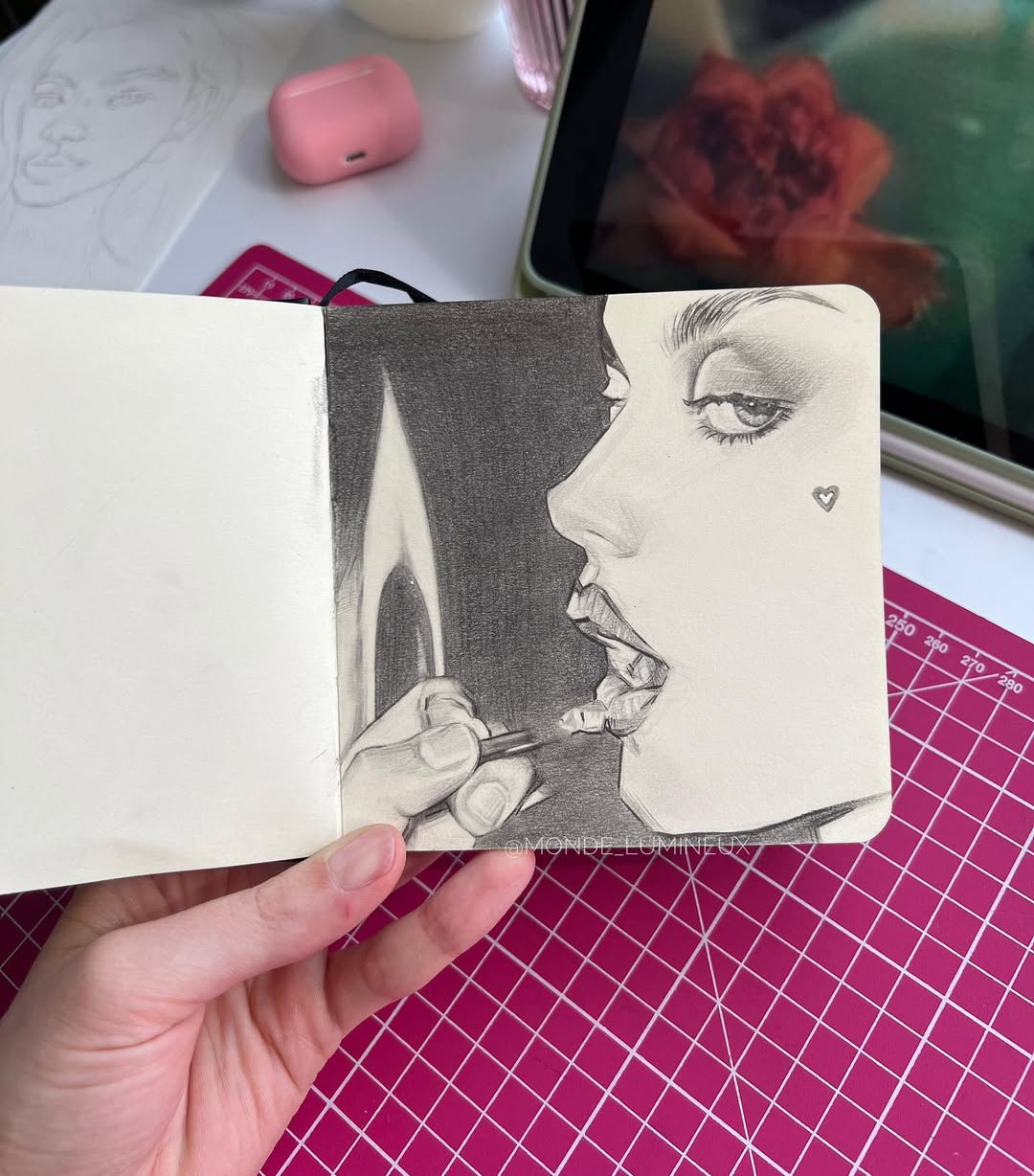
source @monde_lumineux
The type of paper you use can impact the way your drawings look and feel. Smooth paper is ideal for fine details and ink work, while textured paper enhances shading and charcoal drawings. Watercolor paper is great for mixed media, allowing you to combine drawing with painting. Trying out different paper types can give you a better understanding of what works best for your style and medium. Keeping a variety of sketchbooks with different paper textures can make experimenting even more enjoyable.
22. Take Breaks to Avoid Burnout
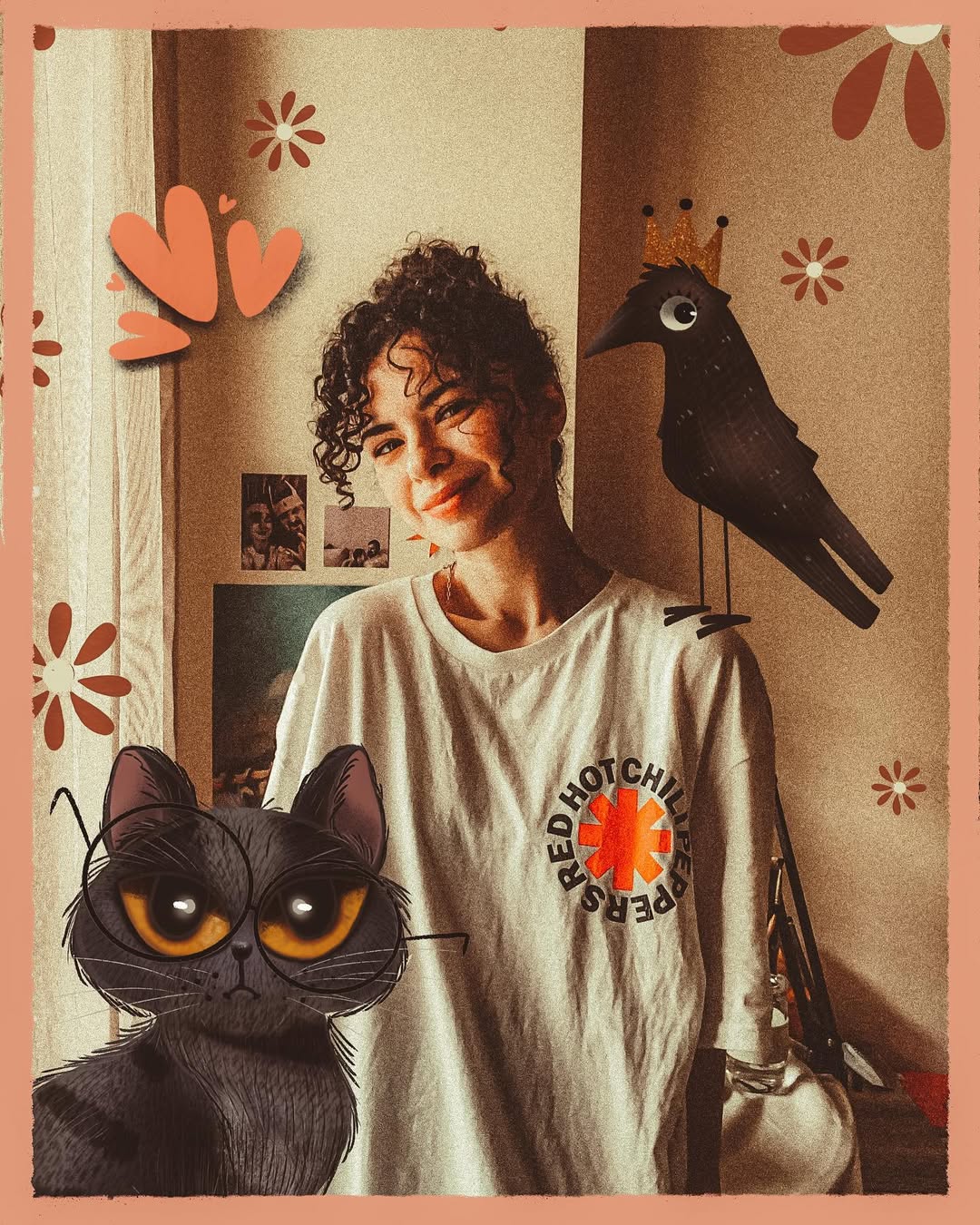
source @nelli_suneli
Art is a passion, but it can also be mentally exhausting if you push yourself too hard. Taking breaks is essential to maintaining creativity and avoiding burnout. If you feel frustrated or stuck, step away from your drawing for a while and come back with fresh eyes. Sometimes, a short walk, listening to music, or doing a different creative activity can reignite your inspiration. Giving yourself time to rest ensures that you stay motivated and continue enjoying the artistic process.
23. Never Stop Learning and Growing
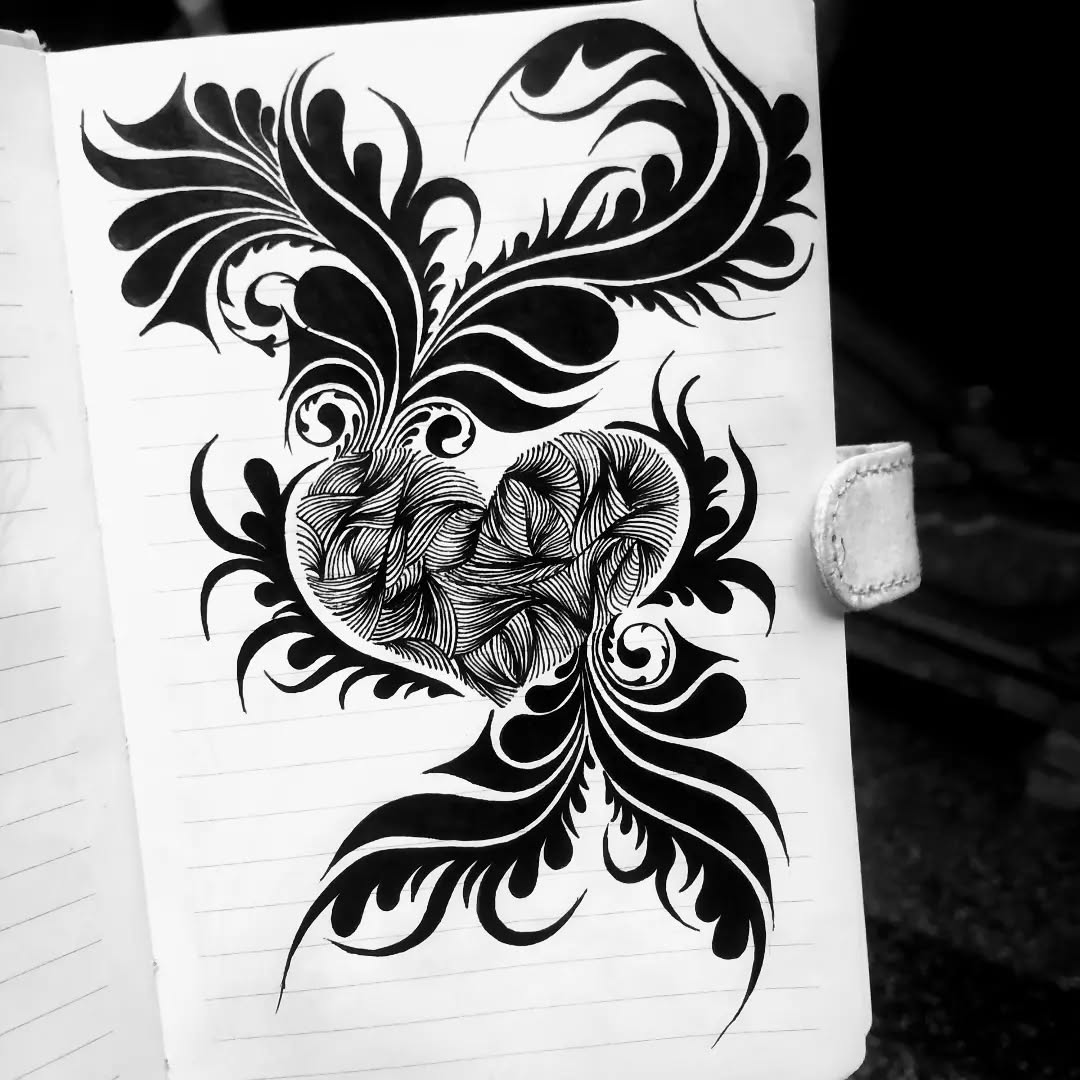
source @miniarts_09
The most important tip for leveling up your art skills is to always stay curious and open to learning. Art is a lifelong journey, and even the most skilled artists continue to explore new techniques, styles, and mediums. Take online art classes, watch tutorials, join art communities, and seek constructive feedback from other artists. Every drawing you create teaches you something new, so embrace the process, celebrate your progress, and keep pushing yourself to improve.

